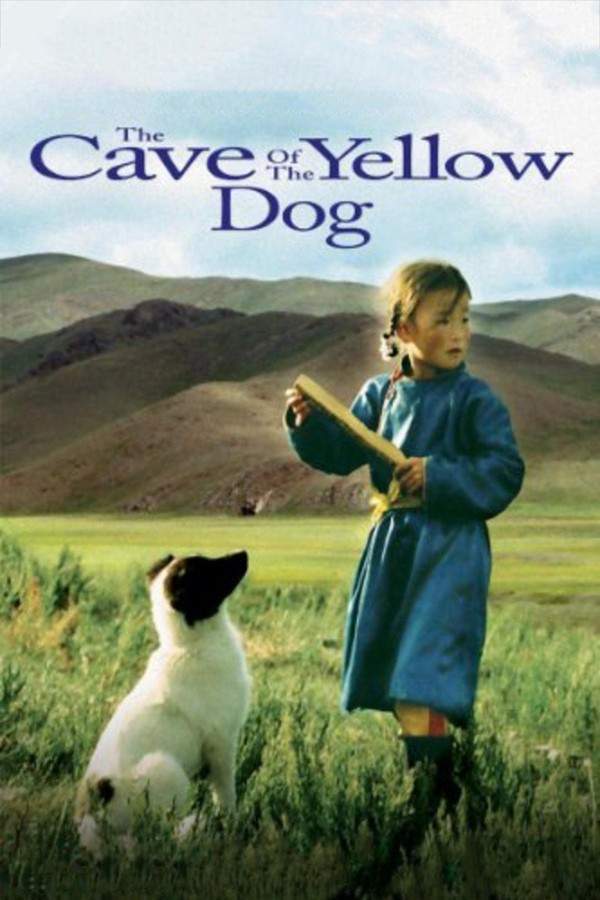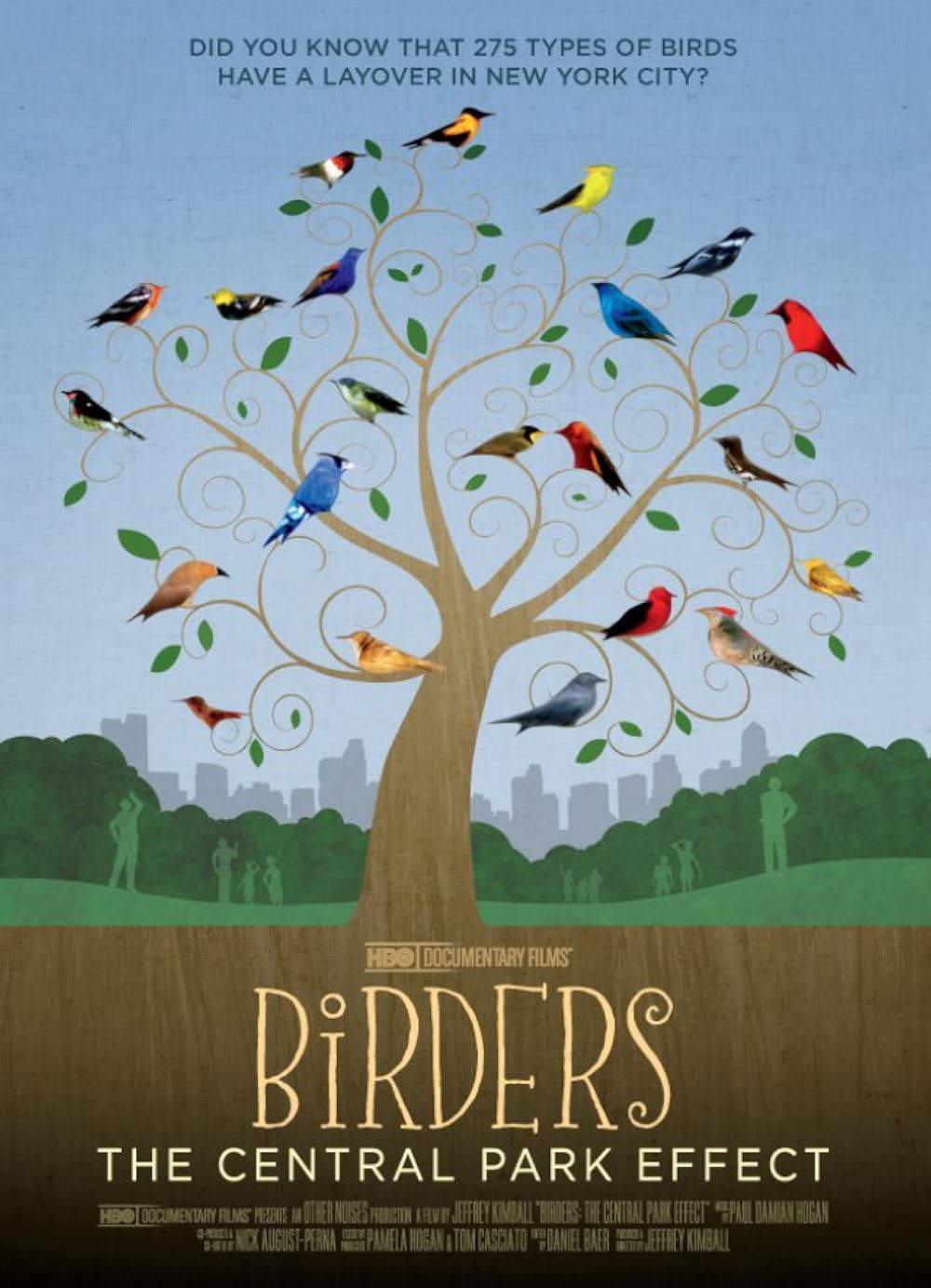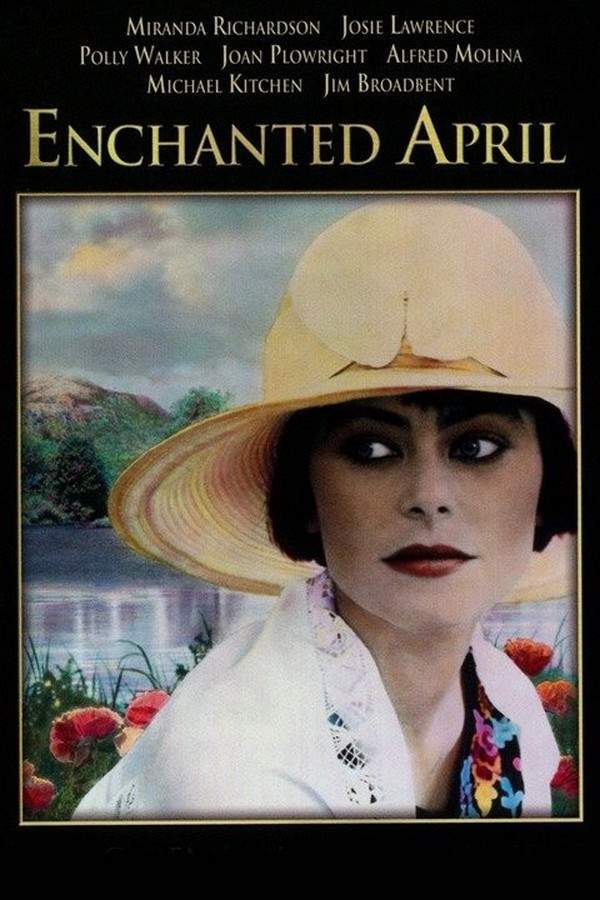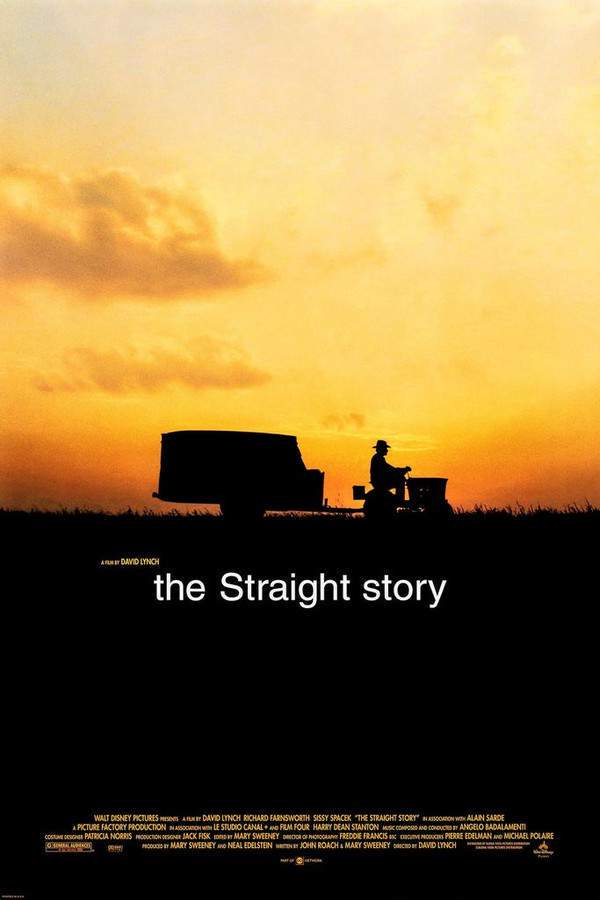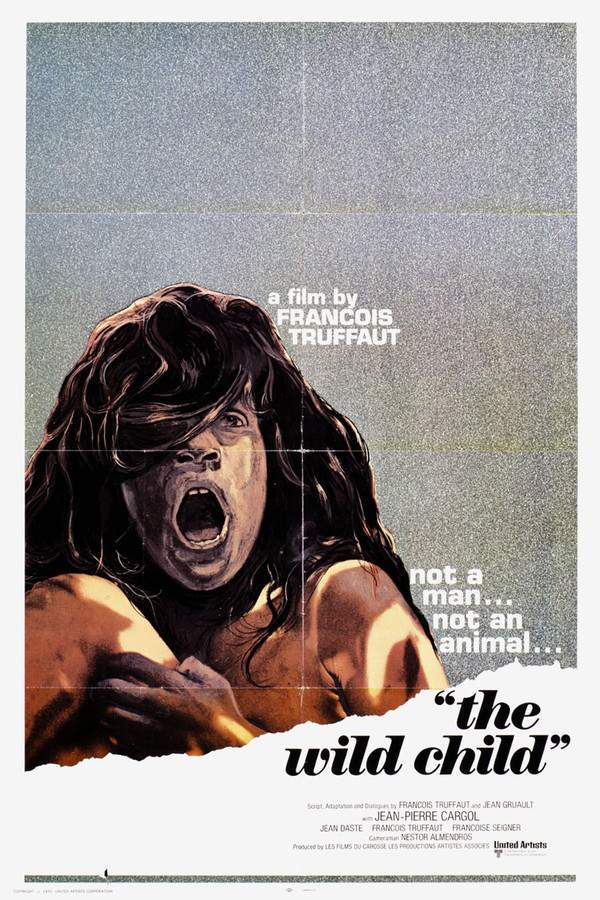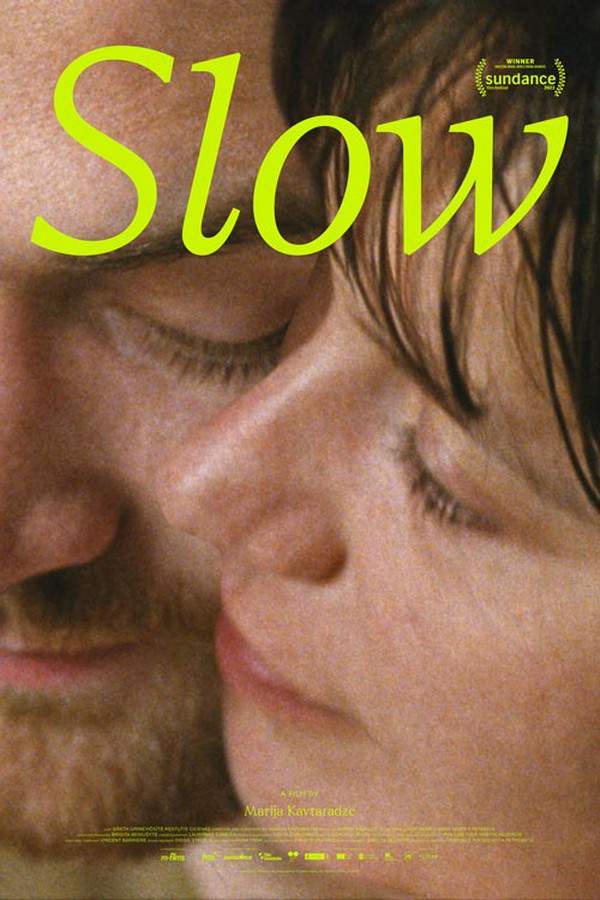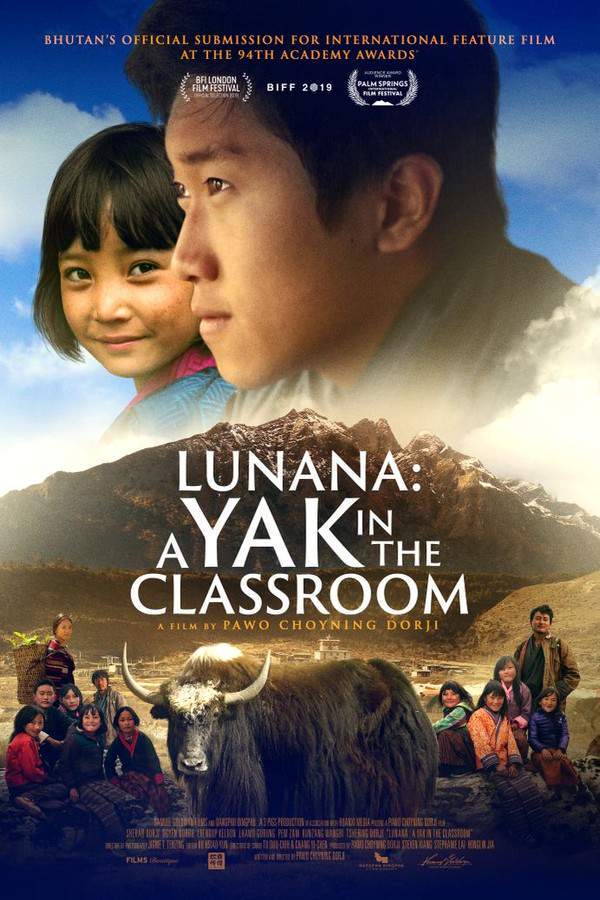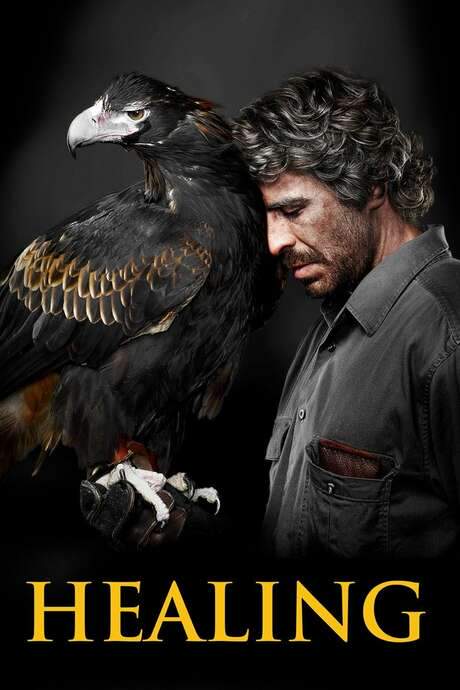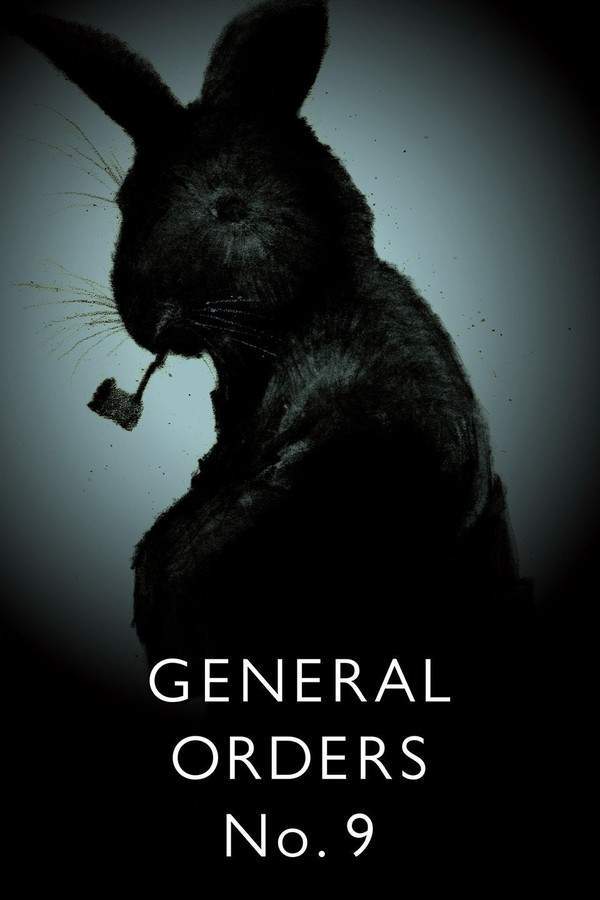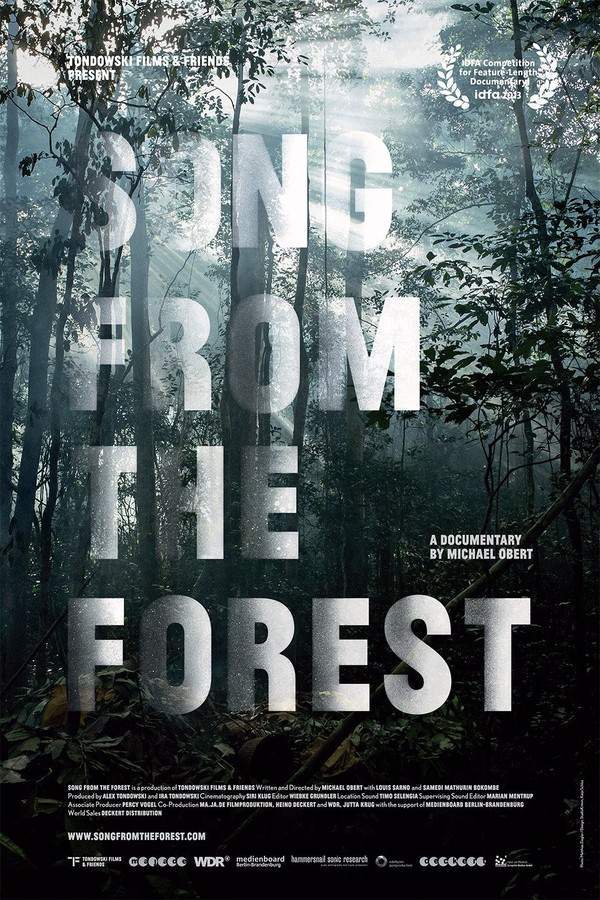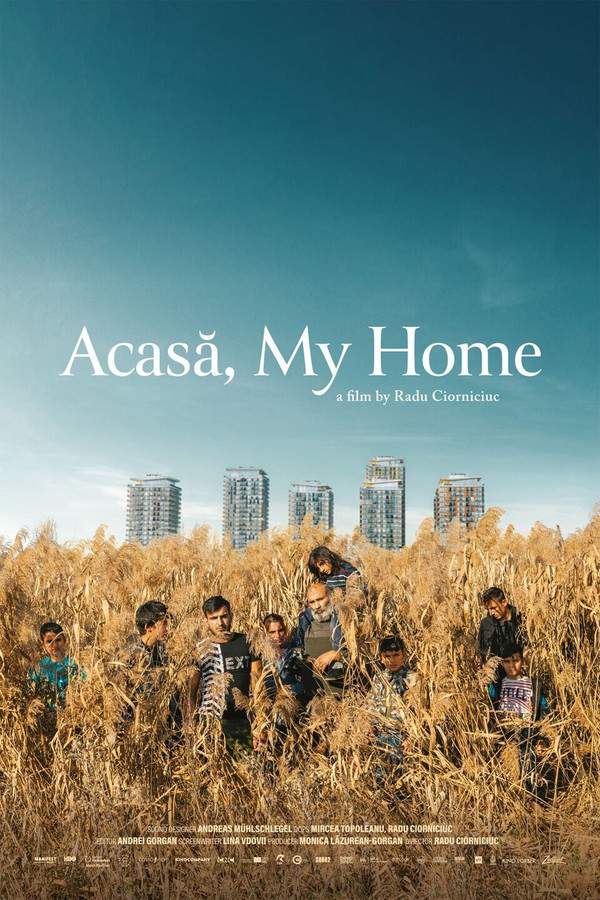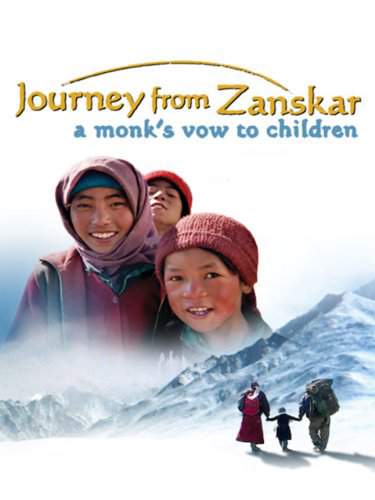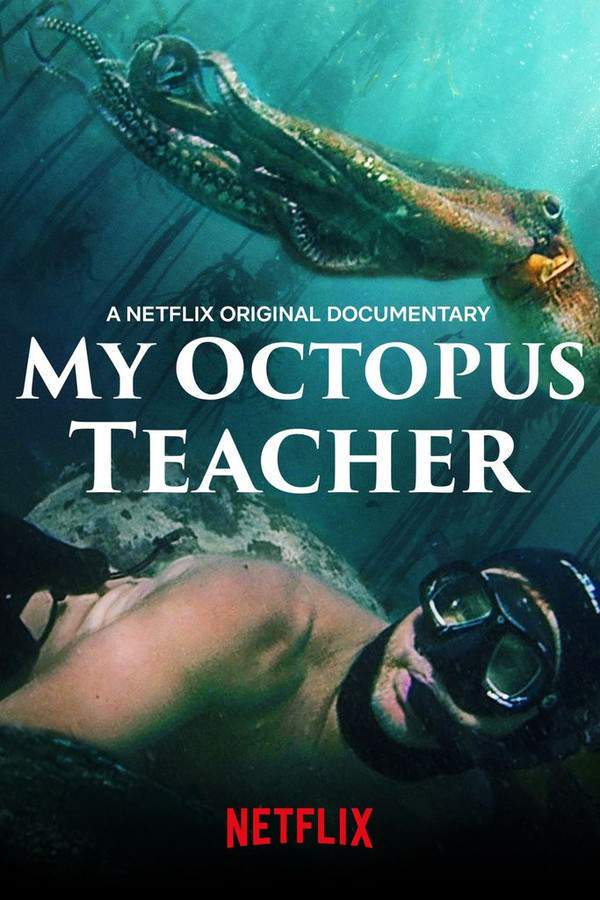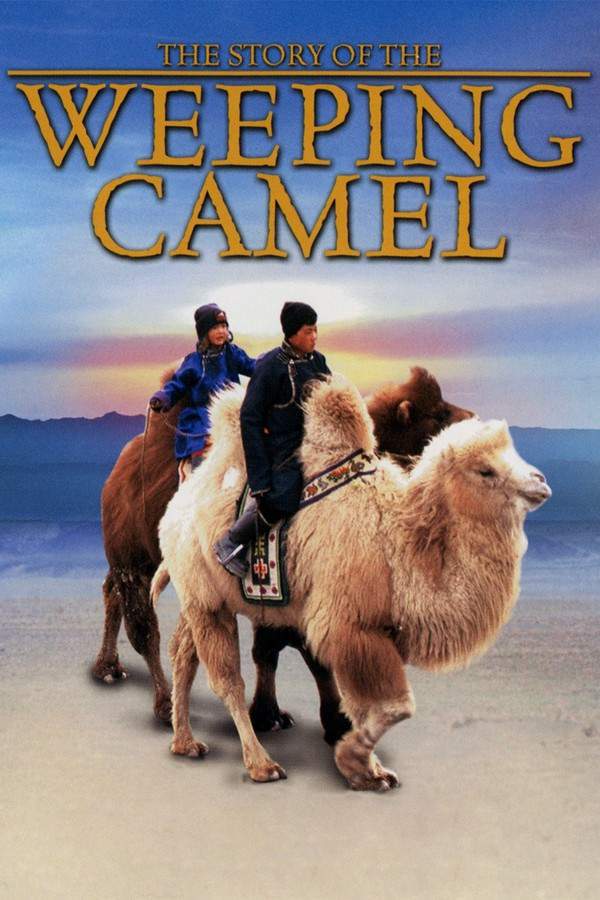
The Story of the Weeping Camel
Year: 2004
Language: Mongolian
Directors: Byambasuren Davaa, Luigi Falorni
In the Gobi Desert of South Mongolia, a camel herding family encounters a heartbreaking situation when a mother camel abandons her newborn calf. Determined to reunite them, two young boys embark on a quest to seek the help of a celebrated musician in the capital city. They hope his traditional music and an ancient ritual will persuade the mother camel to accept her baby, preserving the family’s livelihood and way of life in the vast and beautiful landscape.
Warning: spoilers below!
Haven’t seen The Story of the Weeping Camel yet? This summary contains major spoilers. Bookmark the page, watch the movie, and come back for the full breakdown. If you're ready, scroll on and relive the story!
Timeline & Setting – The Story of the Weeping Camel (2004)
Explore the full timeline and setting of The Story of the Weeping Camel (2004). Follow every major event in chronological order and see how the environment shapes the story, characters, and dramatic tension.
Last Updated: October 22, 2024 at 21:39
Main Characters – The Story of the Weeping Camel (2004)
Meet the key characters of The Story of the Weeping Camel (2004), with detailed profiles, motivations, and roles in the plot. Understand their emotional journeys and what they reveal about the film’s deeper themes.
Last Updated: October 22, 2024 at 21:39
Major Themes – The Story of the Weeping Camel (2004)
Explore the central themes of The Story of the Weeping Camel (2004), from psychological, social, and emotional dimensions to philosophical messages. Understand what the film is really saying beneath the surface.
Last Updated: October 22, 2024 at 21:39
Explore Movie Threads
Discover curated groups of movies connected by mood, themes, and story style. Browse collections built around emotion, atmosphere, and narrative focus to easily find films that match what you feel like watching right now.
Gentle cultural journeys like The Story of the Weeping Camel
Patient stories about communities preserving their traditions in a changing world.If you enjoyed the patient, hopeful tone of The Story of the Weeping Camel, you'll appreciate these movies. This collection highlights quiet stories about cultural resilience, often set in stunning natural environments. Discover other films that celebrate tradition, family bonds, and the gentle power of perseverance.
Narrative Summary
These narratives typically follow a straightforward problem-solving arc, where an external or internal challenge threatens a way of life. The resolution often comes not through force, but through wisdom, cooperation, and the application of traditional knowledge. The journey is introspective and patient, valuing the process as much as the outcome.
Why These Movies?
This thread groups movies that share a low-intensity, hopeful tone and a slow, observational pace. They are united by their focus on cultural perseverance, human-animal or human-nature connections, and emotional journeys that are tender rather than tragic. The viewing experience is calm, contemplative, and ultimately uplifting.
Atmospheric narrative documentaries like The Story of the Weeping Camel
Documentary films that unfold like gentle, character-driven stories.Looking for more documentaries with the gentle, story-like quality of The Story of the Weeping Camel? This list features films that blend documentary realism with a narrative's emotional arc. Explore movies that are less about facts and more about feeling, capturing the beauty and drama of everyday life in remote or unique settings.
Narrative Summary
These films often have a simple, human-centric plot—a birth, a journey, a ritual—that serves as a vehicle to explore a larger world. The structure is straightforward, allowing the audience to soak in the atmosphere and connect deeply with the subjects. The editing and pacing are patient, creating a sense of being present in the moment.
Why These Movies?
Movies are grouped here based on their hybrid nature, blending documentary authenticity with the emotional pacing and character focus of drama. They share a slow, atmospheric pace, medium emotional weight, and a hopeful or bittersweet tone. The experience is less about learning and more about feeling a connection to a different way of life.
Unlock the Full Story of The Story of the Weeping Camel
Don't stop at just watching — explore The Story of the Weeping Camel in full detail. From the complete plot summary and scene-by-scene timeline to character breakdowns, thematic analysis, and a deep dive into the ending — every page helps you truly understand what The Story of the Weeping Camel is all about. Plus, discover what's next after the movie.
The Story of the Weeping Camel Summary
Read a complete plot summary of The Story of the Weeping Camel, including all key story points, character arcs, and turning points. This in-depth recap is ideal for understanding the narrative structure or reviewing what happened in the movie.

The Story of the Weeping Camel Timeline
Track the full timeline of The Story of the Weeping Camel with every major event arranged chronologically. Perfect for decoding non-linear storytelling, flashbacks, or parallel narratives with a clear scene-by-scene breakdown.

The Story of the Weeping Camel Spoiler-Free Summary
Get a quick, spoiler-free overview of The Story of the Weeping Camel that covers the main plot points and key details without revealing any major twists or spoilers. Perfect for those who want to know what to expect before diving in.

More About The Story of the Weeping Camel
Visit What's After the Movie to explore more about The Story of the Weeping Camel: box office results, cast and crew info, production details, post-credit scenes, and external links — all in one place for movie fans and researchers.


